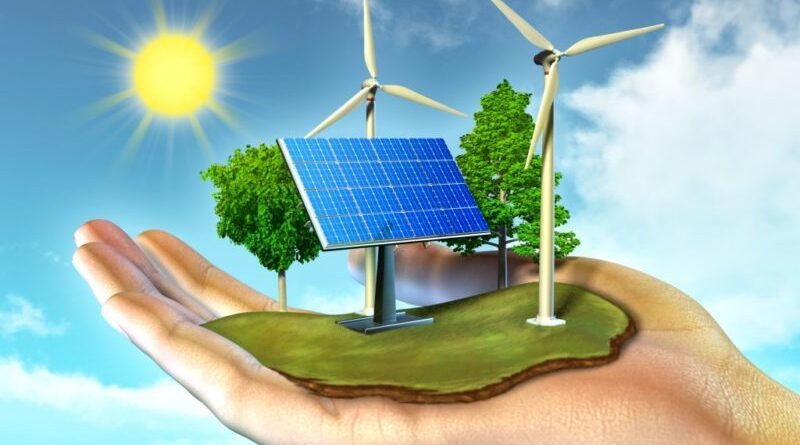Over the last three decades, green energy research and development has flourished, delivering hundreds of promising new technologies that can lessen our reliance on natural gas, coal, and oil. But what is renewable & green energy! Anyway, here Live Enhanced explore all the information you are searching for.
What Is It!

source: myenergi.com
Green energy is any sort of energy that is produced from natural resources such as wind, sunlight, or water. Although there are minor similarities between renewable and green energy, it is typically obtained from renewable energy sources. The major benefit of green & renewable energy resources is that they do not affect the environment by emitting greenhouses gases into the atmosphere.
Is There Any Difference!
To be considered green energy, a resource must not emit pollutants, such as fossil fuels. This means that not all of the renewable energy companies’ sources are environmentally friendly. Power generation that consumes organic material from sustainable forests, for instance, maybe renewable, but it is not always environmentally friendly due to the CO2 created by the process of combustion itself.
Green & renewable energy sources are often regenerated naturally, in contrast to fossil fuel examples such as coal & natural gas, which can take millions of years to develop. Green sources also frequently avoid mining or fracking operations, which can be harmful to ecosystems.
Working Process!
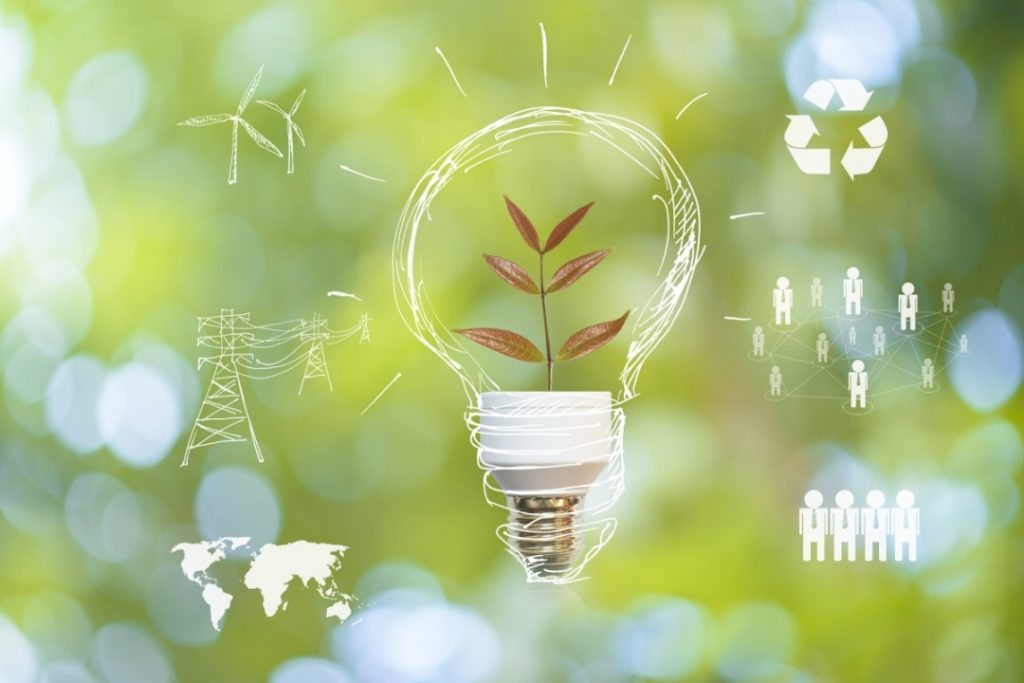
source: thinkgeoenergy.com
Green energy is frequently derived from renewable energy technologies such as wind power, solar energy, biomass, geothermal energy, and hydroelectric power as a source of energy. Each of these technologies generates energy in a different way, whether it is by harnessing the power of the sun, as with solar panels, or by employing industrial turbines or the flow of water.
Green/Renewable Energy Sources!
Solar power, wind energy, and hydroelectric power are the primary sources, as is tidal energy, which harnesses ocean energy from waves in the sea. Wind and solar power can be constructed on a limited scale in people’s homes, or on a bigger, industrial level. The following are the six most prevalent renewable energy sources:
Solar Power
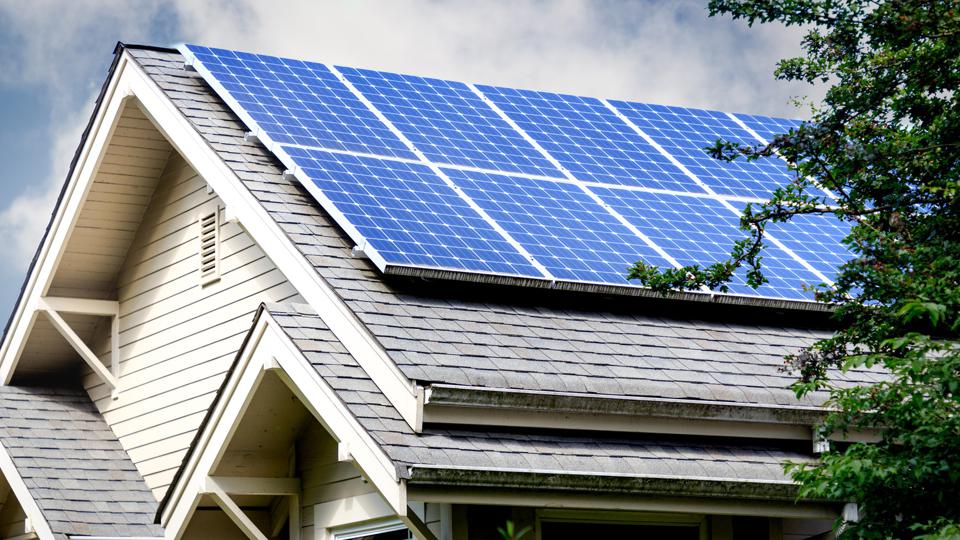
source: forbes.com
This ubiquitous renewable, green energy source is often generated by photovoltaic cells, which catch sunlight and convert it to electricity. Solar energy is also deployed to heat buildings, providing boiled water, charging electric vehicles, and for lighting and cooking. Solar power is now economical enough for home usage, such as garden lighting, and it is being employed on a bigger scale to power entire residences.
Hydropower
This kind of green energy, also known as hydroelectric power, harnesses the flow of water in streams, rivers, dams, and other bodies of water to generate electricity. Hydropower may even be generated on a small scale by running water through pipes in the home, or it can be generated by evaporation, ocean tides, or rainfall. The following three forms of green energy differ in how green they are depending on how they are produced…
Wind Power
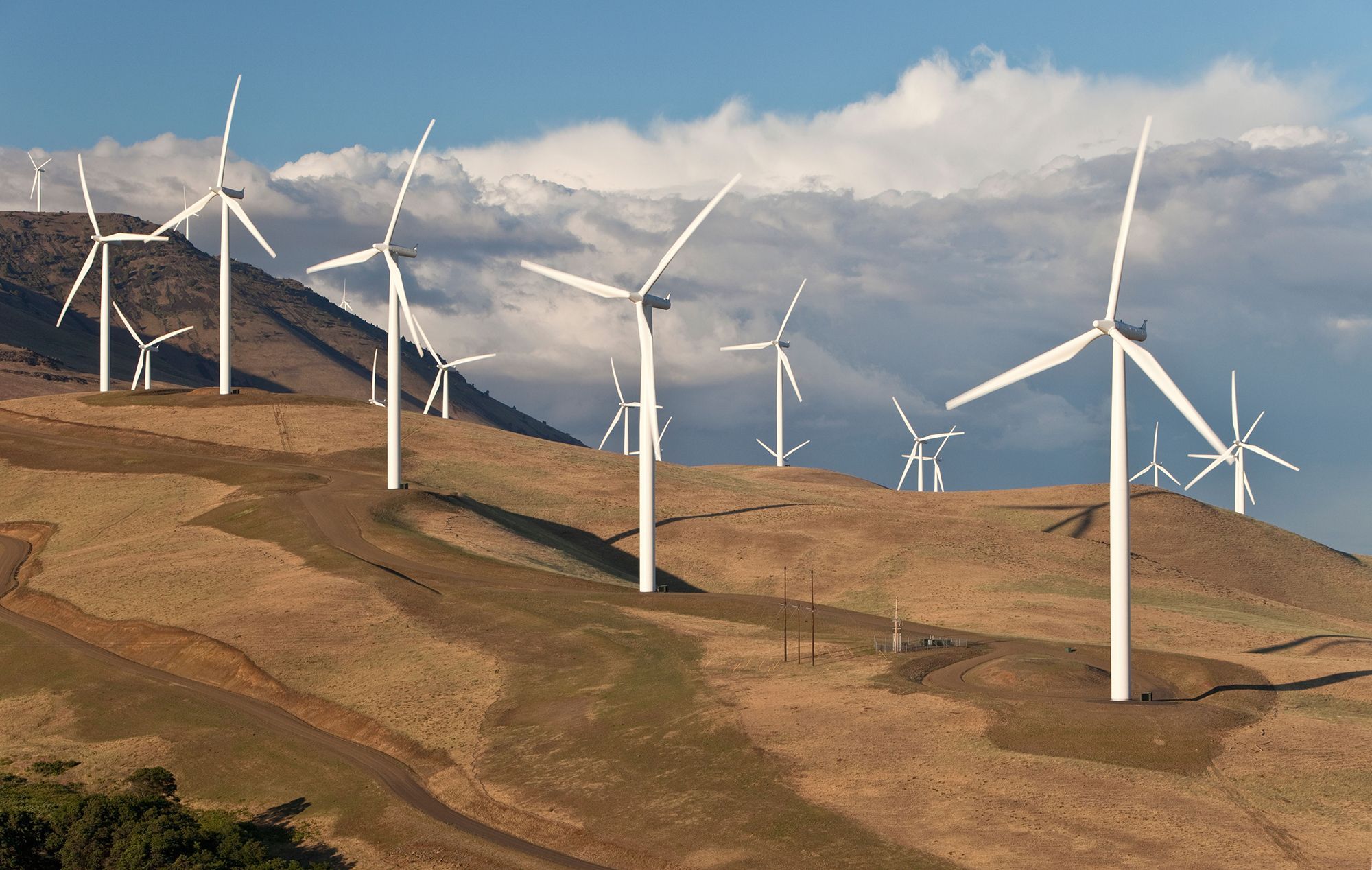
source: nationalgeographic.org
Winds on Earth’s crust can be utilized to propel turbines, with stronger winds creating more energy. High-altitude locations and regions near the coast seem to have the finest circumstances for catching the strongest winds.
Biofuel
Rather than being burned as biomass, these organic materials can be converted into fuels such as ethanol and biodiesel. After supplying just 2.7 percent of the world’s largest transportation fuel in 2010, biofuels are expected to fulfill more than 25 percent of global energy production demand by 2050.
Biomass
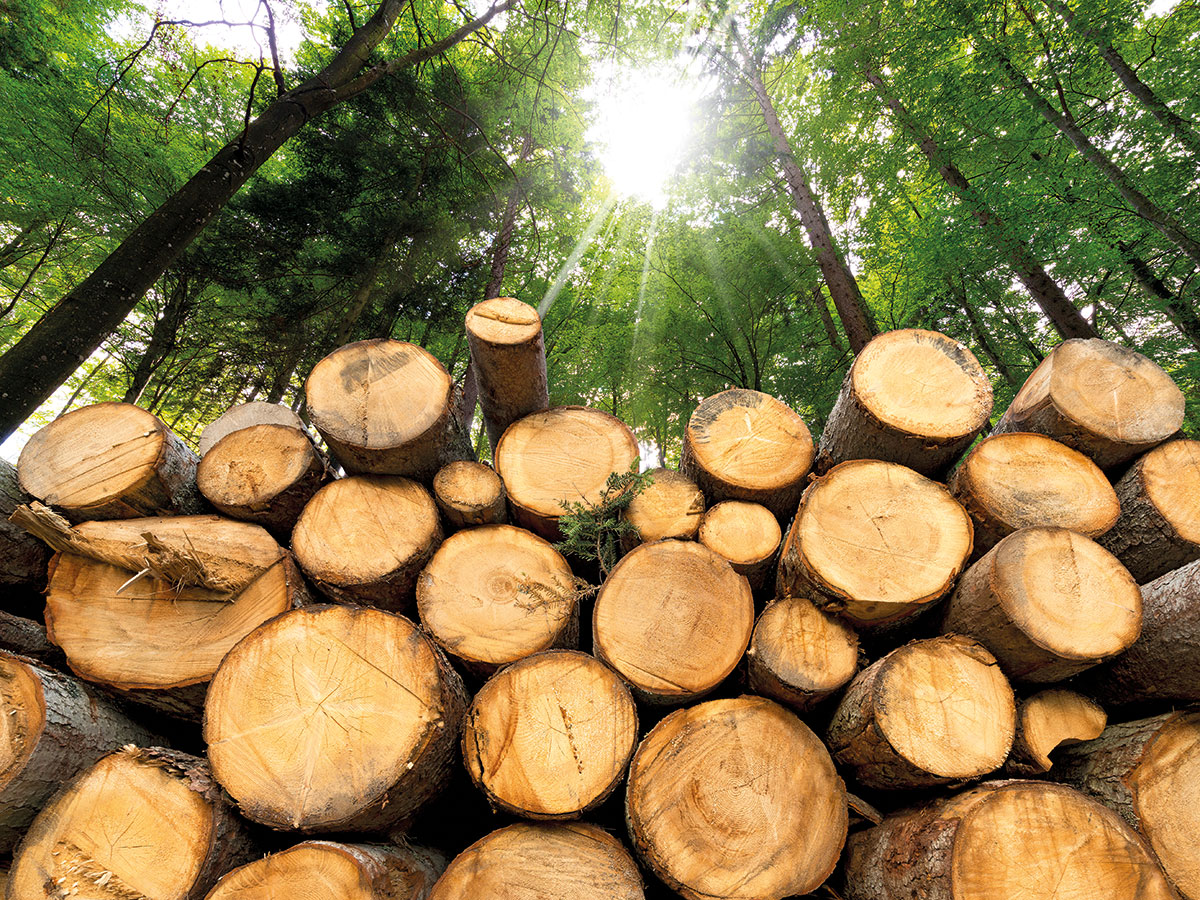
source: physicsworld.com
This renewable resource must also be properly controlled if it is to be classified as a “green energy” source. Biomass power plants generate electricity by burning, sawdust, wood waste, and combustible organic agricultural waste. While the combustion of these materials produces greenhouse gases, the emissions are significantly lower than those produced by petroleum-based fuels.
Geothermal Energy
This type of green energy makes use of thermal energy trapped just under the earth’s mantle. While this resource necessitates drilling to reach, raising concerns about the environmental effect, it is a massive resource once mined. Geothermal energy has been utilized for countless generations to bath in hot springs, and the same resource may be used to power turbines and create electricity.
The energy buried under the United States alone is sufficient to provide ten times the amount of power that coal now produces. While certain countries, such as Iceland, have easy access to geothermal resources, it is a resource that is depending on location for ease of use, and drilling methods must be continuously regulated to be entirely ‘green.’
Key Examples Of Green Energy!
There are many instances of green energy in use nowadays, ranging from renewable energy to thermal heating for off-highway vehicles, transportation buildings, and etc. Many sectors are looking into green solutions, and here are a few examples:
Industrial Industry:
Biomass or renewable power can be used to provide renewable heat for industrial activities. Hydrogen is becoming a significant renewable energy source for the cement, steel, iron, and chemical sectors.
Cooling & Heating In Buildings:

source: environmentcalifornia.org
Green energy solutions are being employed in a wide range of structures, from huge corporate buildings to people’s homes. Solar water heaters, biomass-fueled boilers, direct geothermal heat, and renewable-energy cooling systems are examples.
Transport:
Sustainable biofuels and renewable power are increasingly being used for transportation in a variety of industry sectors. Automotive is an apparent example of electrification progressing to replace fossil fuels, but construction & aerospace are also actively researching electrification.
Pack Up
Green energy seems to be a component of the globe’s future, providing a more environmentally friendly alternative to many of today’s contemporary energy sources. These readily renewed energy sources are not only wonderful for the environment, but they are also creating jobs and appear to be economically feasible as innovations expand.
We can establish a completely sustainable future for our energy supply by developing a variety of green energy options that do not harm the planet in which we all live.

